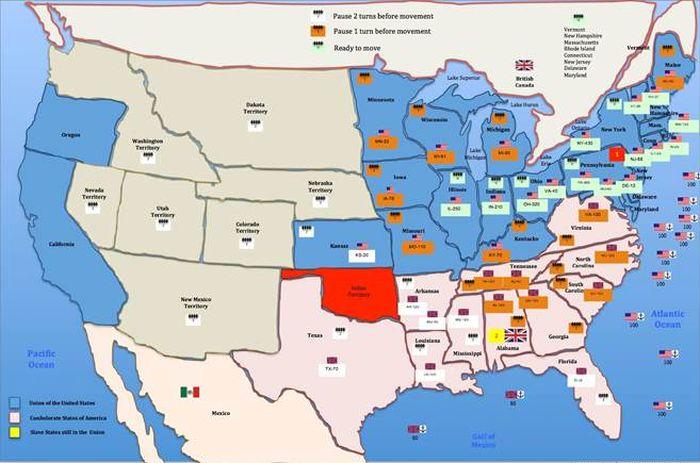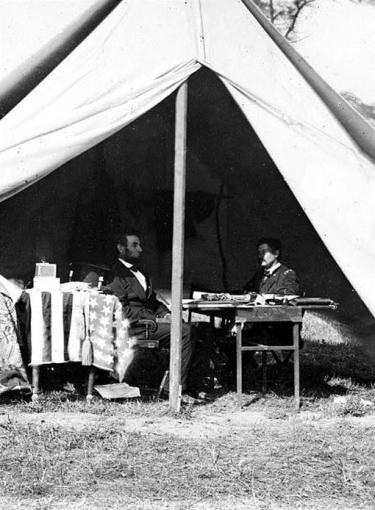Civil War Simulations

A Civil War simulation lesson is a great way of getting students excited about history through engaging them in active, real time role play situations that simulate authentic political and military decision making of the era.
How do we teach the Civil War in a way that will make students excited and want to learn more? It is easy to engage students who are already interested in the Civil War. Getting students interested and involved is the key to learning. Memorizing facts, people and dates does not lead to long-term retention of knowledge.
A Civil War simulation lesson plan puts students in leadership positions and confronts them with the same issues and problems faced before and during the American Civil War. Understanding big concepts like national identity, self-interest, war, conflict, complexity, invasion and resources are key components in simulations. By developing an understanding of these concepts, students are able to apply this knowledge to other historical events and even their own lives.

Students can research their states and two students will assume the roles of Abraham Lincoln and Jefferson Davis. Students can discover, by state, the industrial capacity of the U.S., the railroad infrastructure and population. Students will learn about each states situation and political stance. Students will proceed to vote in the presidential election of 1860 according to their state’s politics. Each state will stand and cast their electoral votes in favor of one of the four candidates. As the results of the election unfold, Southern States meet and one by one secede from the Union. Pennsylvania becomes a prime target for the Confederates with its rich natural resources and armament factories. The Union then realizes a lot of manufactured goods and resources are coming into the South from Europe. Soon a Naval blockade may form to strangle the South and cut off its supplies!

Students assuming the roles of Lincoln and Davis soon learn that the Union seems to have all the advantages, but the South is passionately fighting for its way of life. Armies begin to mass on the borders of the Union and the Confederacy. The Northern Armies move quickly on their vast railroad network as the South moves slowly with little railroad infrastructure and supplies.
As students develop their strategies and the war plays out, they become interested and curious as to what happened in the real war. By incorporating 21st century skills like creativity, innovation, critical thinking, problem solving, collaboration, adaptability and flexibility, simulations help create a sense of reality and excitement in the classroom as students form a deep emotional bond with their state.
Simulations can provide a great learning environment that motivates students to want to learn more and at the same time helps them develop a deeper understanding of the most important concepts and lessons from The American Civil War.


